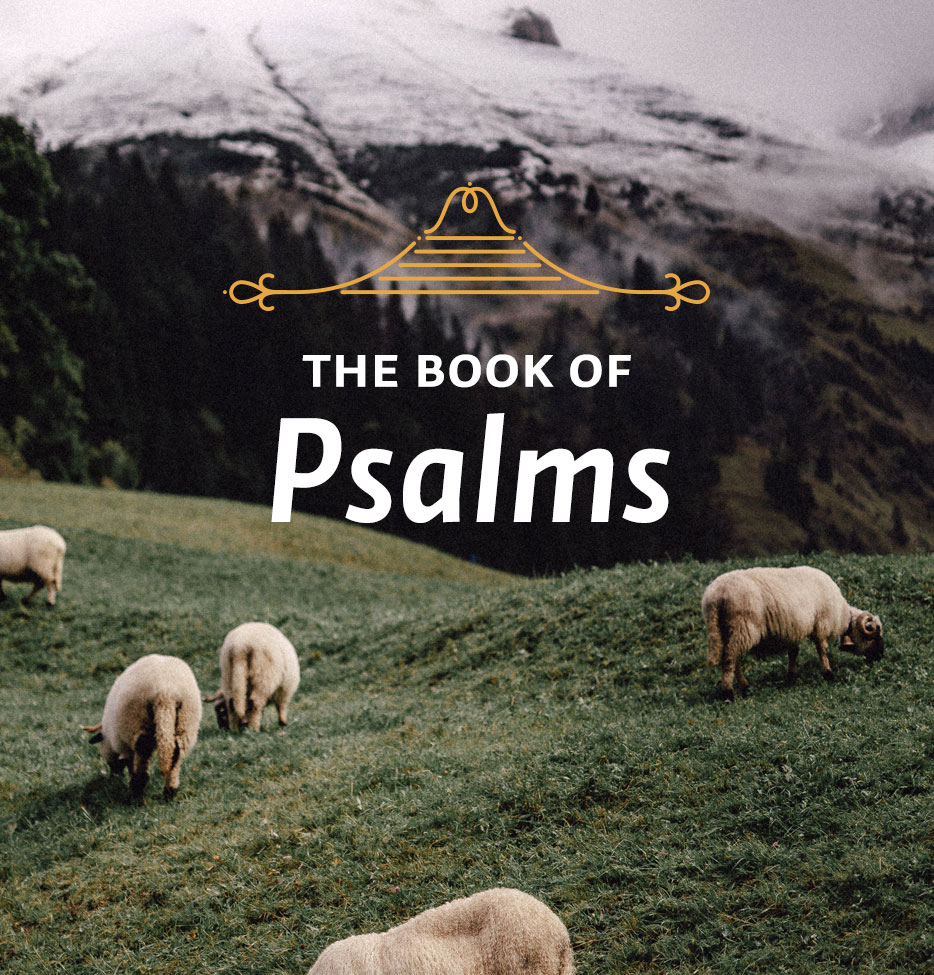Theme: Old Testament Prophecy Fulfilled
In this week’s lessons we learn how the sufferings of the Lord Jesus Christ described in the first part of Psalm 22 turn into a statement of great victory.
Scripture: Psalm 22:22-31
One of the fascinating features of careful Bible study is that we so often come upon statements that are tantalizing but which we cannot fully understand. An example is the well-known statement of Jesus to the Emmaus disciples recorded in Luke 24:27.
The two disciples had been in Jerusalem over the weekend in which Jesus had been arrested, tried, crucified and resurrected. But although they had received reports from the women who had been to the tomb and seen angels, and from Peter and John who had later raced to the tomb and found it empty, they did not believe in the resurrection and so were on their way home, convinced that their dream that the Messiah had come was over. While they were talking about all that had happened, Jesus drew alongside of them and asked what they were discussing. They replied by telling him about himself, how the leaders of the people had handed him over to be crucified but how they had hoped that he was the one whom God had appointed to redeem Israel. That is what he had been doing, of course, but they had not understood it.
At this point Jesus could have identified himself, saying, “Look, it’s me, Jesus!” But he did not do this. Instead, we are told that “beginning with Moses and all the Prophets, he explained to them what was said in all the Scriptures concerning himself” (v. 27). This was the first Bible study of the Christian era.
What a fascinating statement! “And beginning with Moses and all the Prophets, he explained to them what was said in all the Scriptures concerning himself.” What do you suppose those Scriptures were? Don’t you wish you could have been there to have heard him select those texts and provide their explanations?
I find this verse stimulating because its sets me thinking about the Old Testament as prophesying Christ’s death and resurrection, which is certainly the most profound of all ways to understand it. Yet it is not an easy train of thought. Some passages are obvious prophecies, Isaiah 53, for example. Others are less obvious. One passage that is very clearly a prophecy of the Lord’s death and resurrection is Psalm 22. It is so clearly a picture of death by crucifixion and a triumph to follow that it is just not possible to explain it by anything any mere human being in the Old Testament period may have suffered.1 David suffered through many hard times, but nothing like this. This is a portrait of the death and triumph of Jesus Christ alone. Therefore, it must have been one of the texts he picked out and explained to his two disciples on the famous walk from Jerusalem to Emmaus.
Study Questions:
What were the two from Emmaus hoping that Jesus was going to do? Why did they begin to return home believing Jesus was not the Messiah?
When they meet Jesus after his resurrection, why does he not tell them who he is? What does he do for them instead, and why?
1J.J. Stewart Perowne, Commentary on the Psalms, 2 vols. in 1 (Grand Rapids: Kregel, 1989), vol. 1, p. 245. Original edition 1878-1879.
For Further Study: Download and listen for free to James Boice’s message, “Walk the Emmaus Road.” (Discount will be applied at checkout.)






